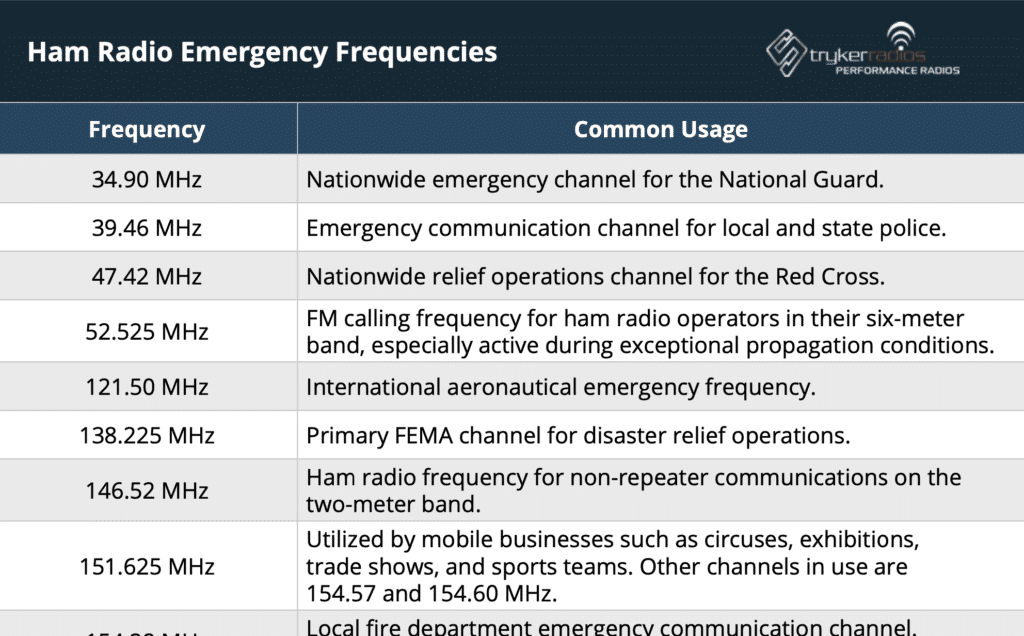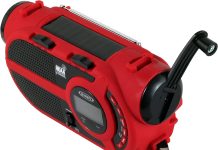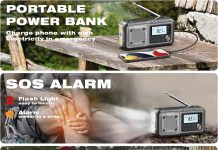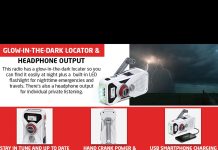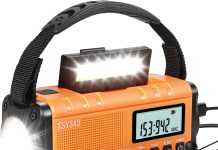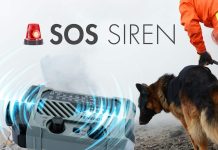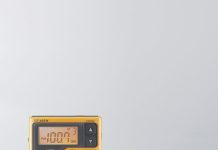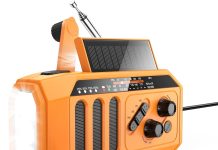In times of emergency, having a reliable means of communication becomes crucial. One important aspect of emergency communication is the frequency used to transmit messages for help. Understanding the frequency used for emergencies is essential for both emergency responders and the general public alike. This article aims to shed light on the frequency used for emergency situations, providing valuable insights into how this crucial aspect of communication functions.
Review contents
What frequency is used for emergency?
When it comes to emergencies, communication is crucial in order to quickly and effectively coordinate response efforts. One key aspect of emergency communication is the use of specific frequencies for different services. These frequencies are carefully selected and designated to ensure clear and reliable communication channels during times of crisis. In this article, we will explore the various frequencies used for emergency communication across different services and situations.
Emergency Frequencies for Different Services
Different emergency services utilize different frequencies to communicate within their respective agencies. This helps them maintain clear lines of communication and avoid interference from unrelated transmissions. Let’s take a closer look at some of the main services and the frequencies they typically use:
VHF and UHF Frequencies
Very High Frequency (VHF) and Ultra High Frequency (UHF) are commonly used for emergency communication due to their ability to traverse long distances and penetrate obstacles such as buildings and foliage. VHF frequencies, typically ranging from 30 MHz to 300 MHz, are often used by fire departments, police departments, and emergency medical services (EMS). On the other hand, UHF frequencies, ranging from 300 MHz to 3 GHz, are frequently employed by public safety agencies and local government organizations.
This image is property of strykerradios.com.
HF Frequencies
High Frequency (HF) is another range of frequencies used for emergency communication. HF frequencies, which range between 3 MHz and 30 MHz, are often utilized for long-range communications. This makes them particularly useful during natural disasters or other emergency situations where infrastructure may be compromised. HF frequencies can bounce off the ionosphere, allowing signals to travel long distances, even over the horizon.
Common Frequencies for Emergency Communication
While specific frequencies may vary depending on location and agency, there are some common frequencies that are widely used for emergency communication. These frequencies are allocated and regulated by government entities to ensure proper coordination and avoid interference. Some common frequencies include:
- 155.475 MHz: This frequency is often used by fire departments for incident response and coordination.
- 155.280 MHz: Emergency medical services (EMS) often utilize this frequency for communication between ambulances and hospitals.
- 155.475 MHz: Commonly used by police departments for dispatch and field operations.
- 121.5 MHz: Known as the international distress frequency, this VHF frequency is used for emergency beacons, distress signals, and search and rescue operations.
These frequencies serve as standardized communication channels, allowing emergency responders to effectively communicate within and across agencies during critical situations.
This image is property of radiofreeq.files.wordpress.com.
Specialized Emergency Frequencies
In addition to the common frequencies mentioned earlier, there are specialized frequencies dedicated to specific types of emergencies. These frequencies are used to ensure clear and efficient communication during specialized emergency situations. Some examples of specialized emergency frequencies include:
- 162.400 MHz: This frequency is used for the National Oceanic and Atmospheric Administration (NOAA) weather radio, providing up-to-date weather information and emergency alerts.
- 121.65 MHz: Aircraft emergency frequency, enabling pilots to communicate with air traffic control during in-flight emergencies.
These specialized frequencies play a vital role in ensuring proper and targeted communication during specific emergency scenarios.
Tactical Frequencies
Tactical frequencies are often utilized by law enforcement and military agencies for covert or sensitive operations. These frequencies are not widely publicized, as their use is intended for specific authorized personnel only. The primary purpose of tactical frequencies is to maintain secure and confidential communication during critical operations.
This image is property of i.redd.it.
Public Safety Frequencies
Public safety agencies, such as police departments, fire departments, and EMS, rely on specific frequencies designated for their use. These frequencies enable seamless communication between different departments within public safety and facilitate coordination during emergencies. Public safety frequencies serve as lifelines during crisis situations, ensuring that emergency responders can quickly and effectively communicate to provide the necessary help and support.
Amateur Radio Frequencies
Amateur radio, also known as ham radio, is another valuable resource in emergency communication. Amateur radio operators, often equipped with their own transmitters and receivers, can provide vital communication channels when traditional means of communication are impaired or overloaded. The Amateur Radio Emergency Service (ARES) and Radio Amateur Civil Emergency Service (RACES) play significant roles in emergency communication and provide operators with allocated frequencies for such purposes.
This image is property of radiofreeq.files.wordpress.com.
Cellular and Mobile Frequencies
Cellular and mobile frequencies, commonly used for everyday communication, also play a role in emergency situations. During crises, these frequencies may be utilized by emergency management agencies to disseminate important information and alerts to the public. Cell phones can receive Emergency Alert System (EAS) messages and Wireless Emergency Alerts (WEA), helping to quickly reach a large number of people in affected areas.
Satellite Frequencies
Satellite frequencies are crucial in emergency communication, particularly in remote or disaster-stricken regions where terrestrial infrastructure may be severely damaged or non-existent. Satellites provide the capability to establish communication links in these areas, allowing for vital information exchange, search and rescue coordination, and overall situational awareness. Governments and organizations often rely on satellite communication systems to ensure effective emergency response efforts.
In conclusion, emergency communication relies on a variety of frequencies across different services and agencies. Whether it’s VHF and UHF frequencies used by public safety departments, HF frequencies for long-range communication, or specialized frequencies for specific situations, clear and reliable communication is essential in emergency response efforts. These designated frequencies, along with amateur radio, cellular, and satellite frequencies, ensure that emergency responders can swiftly and effectively coordinate their actions, ultimately saving lives and minimizing damage during emergencies.
This image is property of radiofreeq.files.wordpress.com.


